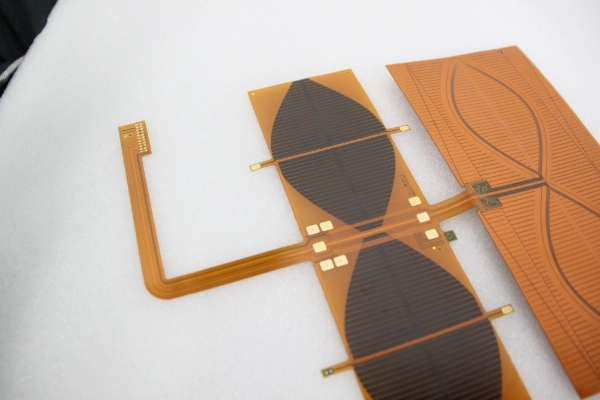Exploring the Viability of Vaseline as a Soldering Flux: A Comprehensive Analysis
3 min readWhen it comes to soldering, the choice of flux is crucial for achieving clean, reliable joints. Traditionally, specialized fluxes are used to facilitate the soldering process, but some DIY enthusiasts and hobbyists often wonder: Can I use Vaseline as flux for soldering? This article delves into the properties of Vaseline, its potential as a soldering flux, and the implications of using it in various soldering applications.
Understanding Flux in Soldering
Before we explore the use of Vaseline, it’s essential to understand what flux is and its role in soldering. Flux is a chemical cleaning agent that helps remove oxidation from metal surfaces, allowing solder to flow more freely and adhere better. It also prevents further oxidation during the heating process. Common types of flux include rosin-based, water-soluble, and no-clean fluxes, each designed for specific applications and materials.
The Composition of Vaseline
Vaseline, or petroleum jelly, is a semi-solid mixture of hydrocarbons derived from petroleum. Its primary components are mineral oils and waxes, which give it a unique consistency and moisture-retaining properties. While Vaseline is widely used in skincare and lubrication, its chemical properties raise questions about its effectiveness as a soldering flux.
Evaluating Vaseline as a Soldering Flux
- Thermal Stability: One of the primary requirements for a soldering flux is thermal stability. Vaseline has a melting point of around 37°C (98.6°F), which means it can easily liquefy under the heat of a soldering iron. However, it may not decompose or vaporize at soldering temperatures (typically between 180°C to 350°C or 356°F to 662°F), which could lead to unwanted residues.
- Oxidation Prevention: While Vaseline can provide a barrier against moisture and air, its effectiveness in preventing oxidation during the soldering process is questionable. Unlike traditional fluxes that actively clean the metal surfaces, Vaseline may not adequately remove oxides, potentially leading to poor solder adhesion.
- Residue Issues: After soldering, the residue left by Vaseline can be problematic. Unlike rosin-based flux, which can be cleaned with isopropyl alcohol or other solvents, the oily nature of Vaseline may require more intensive cleaning methods. This residue can also interfere with the electrical properties of the solder joint, particularly in electronic applications.
- Compatibility with Solder: The interaction between Vaseline and different types of solder (lead-based vs. lead-free) is another critical factor. While it may not chemically react with solder, the presence of Vaseline could hinder the flow of solder, leading to weak joints or cold solder connections.
Practical Applications and Recommendations
While using Vaseline as a soldering flux may seem like a convenient option for quick fixes or low-stakes projects, it is not recommended for critical applications, especially in electronics. For hobbyists working on non-critical projects, Vaseline might serve as a temporary solution, but it’s essential to be aware of the potential downsides.
For best results, it is advisable to use dedicated soldering fluxes that are specifically formulated for the materials and applications at hand. These products are designed to provide optimal cleaning, oxidation prevention, and ease of use, ensuring strong and reliable solder joints.
Conclusion
In summary, while the question Can I use Vaseline as flux for soldering? may yield a tentative yes for very specific, low-stakes scenarios, the drawbacks far outweigh the benefits. The unique properties of Vaseline do not align with the requirements of effective soldering flux. For anyone serious about soldering, investing in a quality flux designed for the task is the best course of action. This ensures not only the integrity of the solder joints but also the longevity and reliability of the assembled components.

